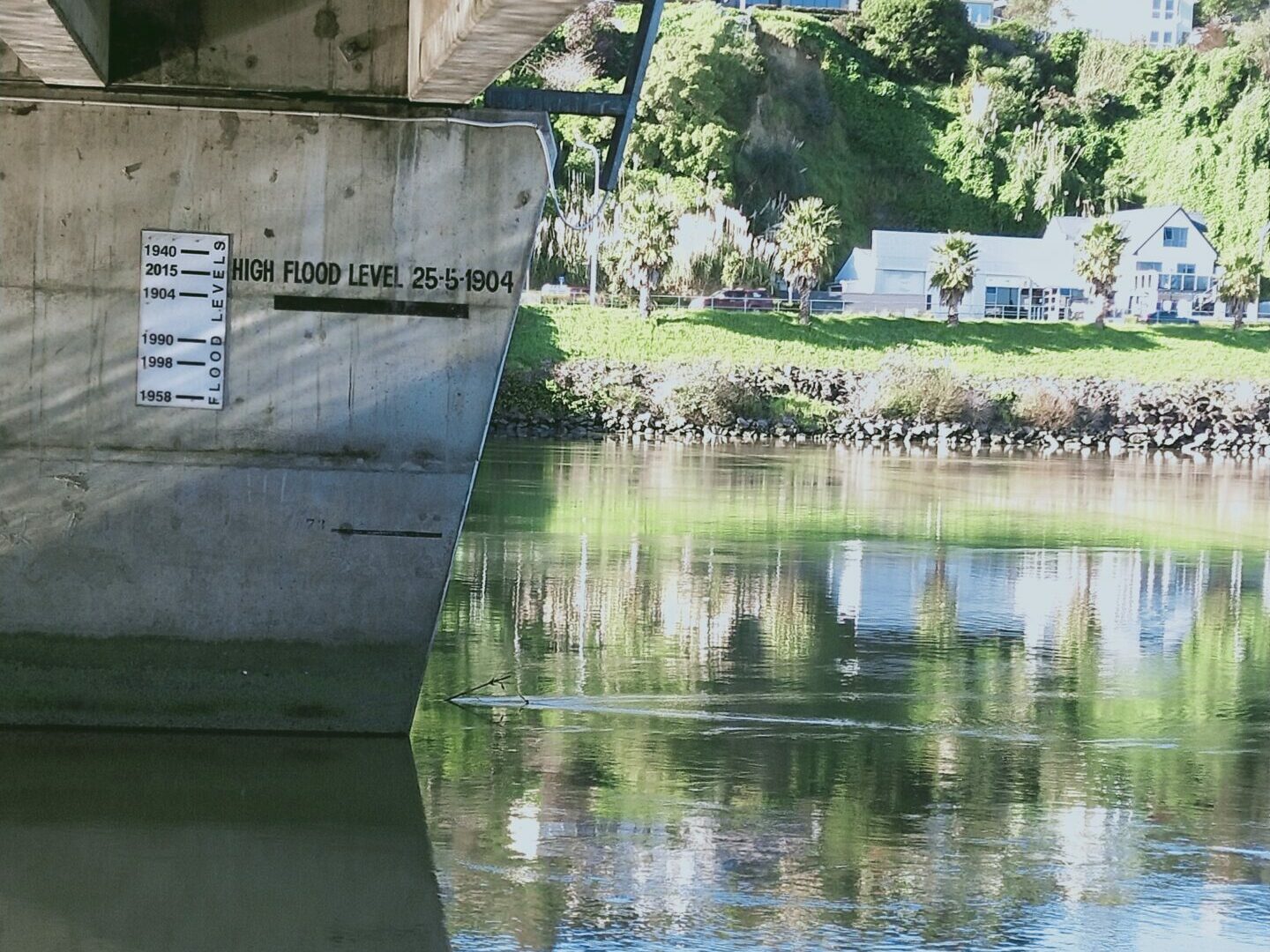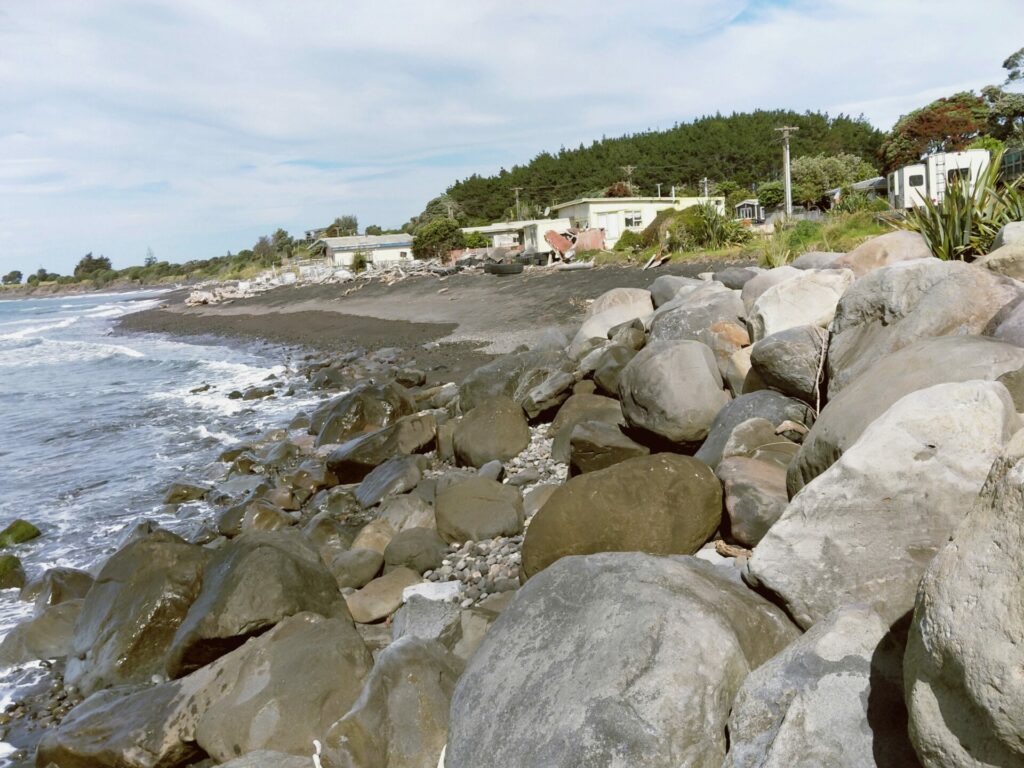Te Tirohanga o Ngā Tohu: Taranaki Climate Resilience Tool Development is a project that developed a climate change tool based on iwi priorities, values and environmental tohu identified by Ngāti Mutunga, Ngāti Tama and Ngāti Maru by undertaking the following actions.
- Summarising Māori ways of caring for their local taiao (environment).
- Identifying local environmental tohu with hapū/iwi.
- Developing a kaupapa Māori tool that supports understanding the local environment and tohu, under a changing climate.
- Illustrating how process-based modelling alongside a kaupapa Māori based tool can
help inform biodiversity management, under a changing climate.
This project embraces a Kaupapa Māori methodology in partnership with local iwi, and is underpinned by Māori philosophy and principles, centres the validity and legitimacy of a Māori world view, and seeks to produce useful and transformative research.
The study design was co-developed with our iwi partners, and used wānanga as our research method. We held two wānanga with our iwi partners, and their iwi members, to address the key research aims/objectives. An additional wānanga put the tool into practice, as we harvested, prepared and created manu tukutuku, facilitating kōrero on climate change impacts observed in the local taiao.
Results
Ngāti Mutunga, Ngāti Tama and Ngāti Maru identified resilience as their ability to practice local tikanga and the ability to be adaptive with that tikanga in a changing climate. Their resilience is not merely about ‘bouncing back from adversity’ but involves a dynamic and adaptive process of reconnecting with the mātauranga (knowledge) and practices that their tūpuna had and integrating them into contemporary conservation efforts. Being connected to and understanding the natural world around them, enables resilience and adaptability.
Through the wānanga process we identified:
- The aspirations of the three iwi groups with regard to climate change.
- Which tools and frameworks are currently available to meet these aspirations/needs.
- Whether these tools meet the needs of the iwi.
- This then led to the development of the manu tukutuku (traditional kite) tool that could be used to identify and evaluate environmental tohu aligned to iwi aspirations, vulnerable habitats and species, social and cultural values and included the community through a multi-disciplinary mātauranga-based approach.
- Implementing the tool through wānanga, helped to identify some key vulnerable habitats and facilitated discussion on mātauranga-informed restoration approaches in northern Taranaki.
Manu tukutuku: Weaving together the tohu of change
Manu tukutuku can be utilized as a tool for incorporating environmental, social, and cultural components in addressing climate change and restoring local taiao in northern Taranaki by empowering and supporting communities through understanding local environments affected by and mitigating climate change impacts.It allows iwi to plan for site restoration and resource allocation, while also promoting collaboration and upholding mātauranga-a-iwi and tikanga.This traditional tool aligns with the way people traditionally engage with their local environment and resources, providing knowledge on collecting, preparing, and decorating the manu tukutuku using local pigments and paints from the whenua.
The infographic below has the manu tukutuku as the central focus, with each point along the top, reflecting the key values used to evaluate climate change tohu in northern Taranaki that include:
- Wellbeing connected to whānau, hapū and iwi
- Connection to ngā atua and tupuna
- Tangata whenua connected to te taiao.
These values will help evaluate whether climate change tohu meet the needs of local iwi when it comes to understanding their taiao and future planning.
Figure 1: Copyright of this illustration is with League of Live Illustrators. Consent must be sought from League of Live Illustrators and Manaaki Whenua Land Care Research for any image reproduction or use. Manu tukutuku climate change tool for evaluating local tohu to prioritise resources for climate resilience. The three key values are shown along the top of the manu tukutuku.
Conclusions
For Ngāti Mutunga, Ngāti Tama and Ngāti Maru, climate resilience in northern Taranaki is linked to environmental, social and cultural tohu. The interactions of people with place, with cultural practices, and with mātauranga-a-iwi and atua domains from the mountains to sea all empower and support communities in the face of a changing climate. The manu tukutuku tool supports an understanding of local environments that are both affected by and can mitigate the impacts of climate change. Based on this information iwi can plan for and identify sites to restore; and also where to channel resources. The tool also provides opportunities for the use of other information and databases, using collaborative frameworks that uphold mātauranga-a-iwi and tikanga.




